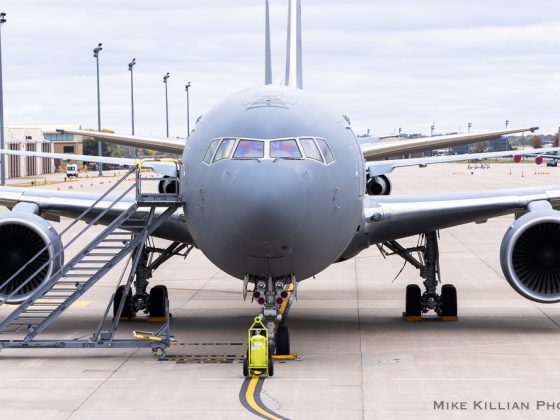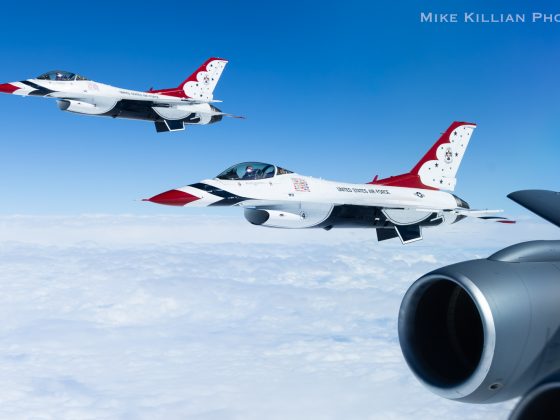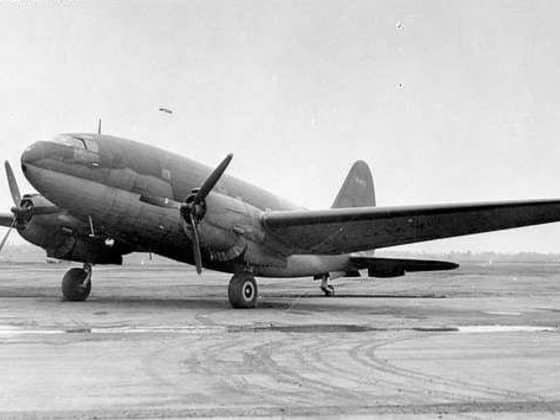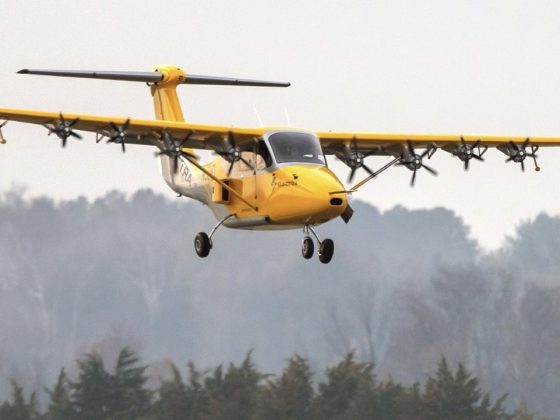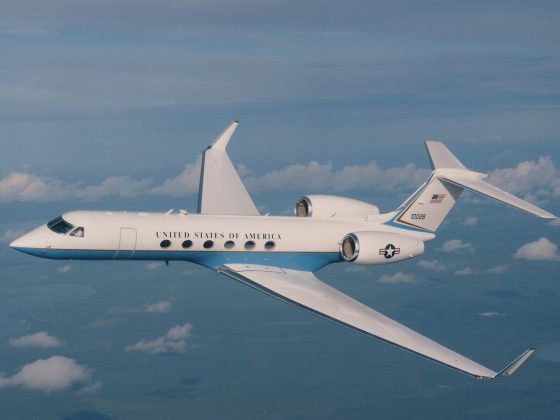Flying Post Office
The United States Postal Service looked at modifying C-82A Packets into flying post offices during 1946. This concept was an evolution of the railway express service on trains. The modified C-82As would pick up mail in bulk, clerks would sort the mail in flight, and upon landing the sorted mail would be distributed by truck to its destinations. A C-82A was also modified and designated EC-82A equipped with tracked landing gear to test operational capability from unpaved or austere runways/roads in 1948. The tracked landing gear was not adopted.

Bolt-On Jet Power Keeps ‘Em Flying
Once the C-82As were declared surplus to US Air Force needs they began finding their way into civilian hands. They were still capable of carrying large or bulky cargo- just not heavy cargo. Civilian operators in the United States, Brazil, Honduras, Mexico, and Chile flew Packets- some of them until the late 1980s. Many of the Packets still in use by that time had been modified with a Westinghouse J30 or J34 turbojet engine mounted in a pod on top of a short pylon above the fuselage. Configurations of these modifications differed but they were all completed during the 1950s and 1960s.
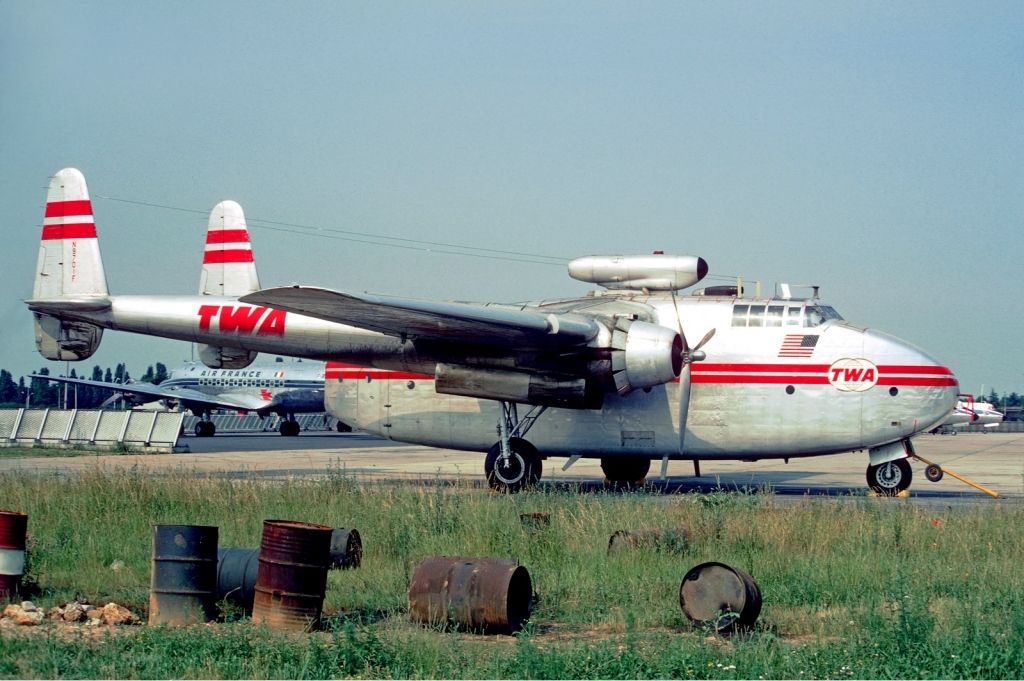
Packet Trivia
North American Aviation set up a second production facility in Dallas to build C-82s. They built only three C-82Ns before a contract for 792 of them was cancelled when the war ended.
The roomy flight deck of the C-82A was a problem for the pilot and co-pilot, whose seats were mounted more than two feet from the side windows, thereby impairing their outward vision. They simply couldn’t see over the nose of the aircraft.
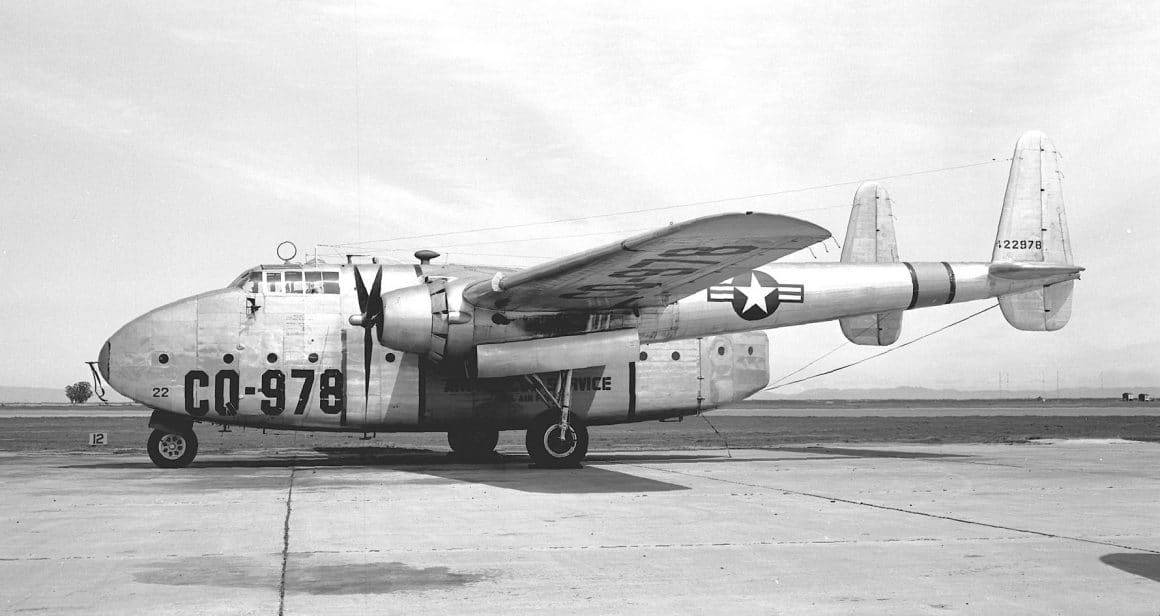
Several C-82As were modified for Search and Rescue (SAR) work and redesignated SC-82A. They were later converted back to standard C-82A specifications.
The C-82A was equipped with an opening in the cargo hold floor through which air-droppable supplies could be automatically released using a motorized pulley-cable system. This system allowed dropped loads to be delivered quickly resulting in the loads landing closer together on the ground. This may have been the delivery system added to those four JC-82As.
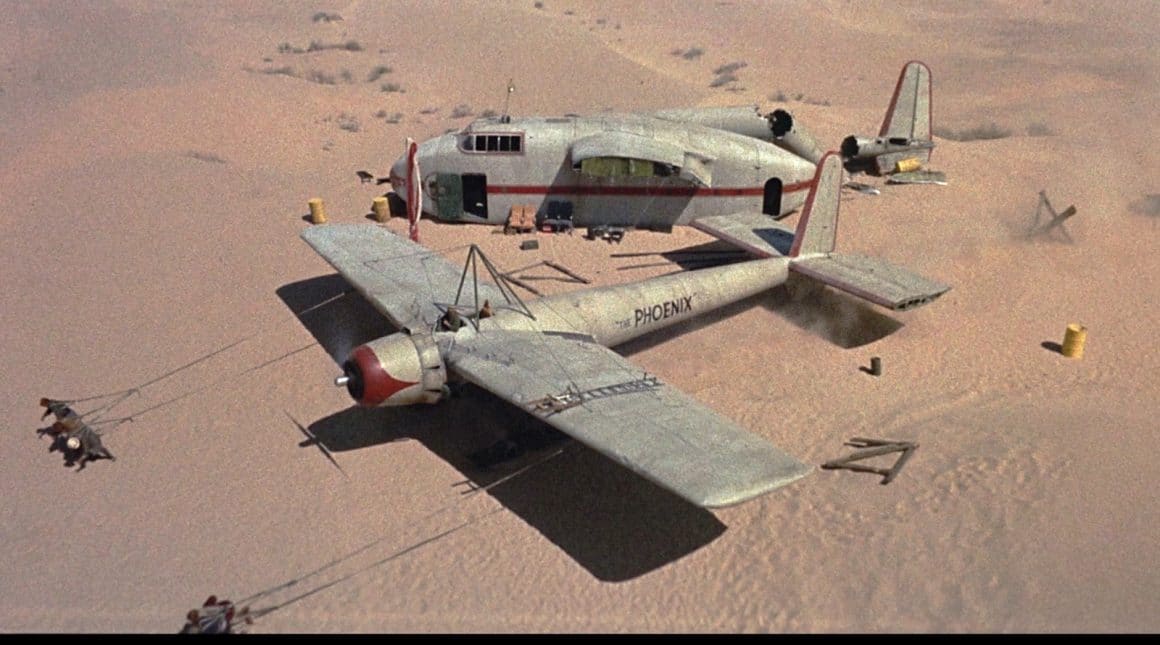
Three C-82As were used as the “stars” for the 1965 20th Century Fox film The Flight of the Phoenix. One aircraft was used for flying shots, another for the outdoor location wreck, and the third for an indoor studio wreck. The Tallmantz Phoenix P-1 (the actual flyable aircraft the survivors built to fly out of the desert) crashed on 8 July 1965 killing Paul Mantz and seriously injuring stuntman Bobby Rose. In the finished film the final credit was, “It should be remembered… that Paul Mantz, a fine man and a brilliant flyer, gave his life in the making of this film…”
Fairchild’s redesign of the C-82A was developed into the XC-82B, powered by beefier 2650 horsepower Pratt & Whitney R-4360 Wasp Major radial engines. After some redesign of the forward fuselage and other tweaks, the XC-82B became the basis for the company’s justly famous C-119 Flying Boxcar. But that’s another story.



